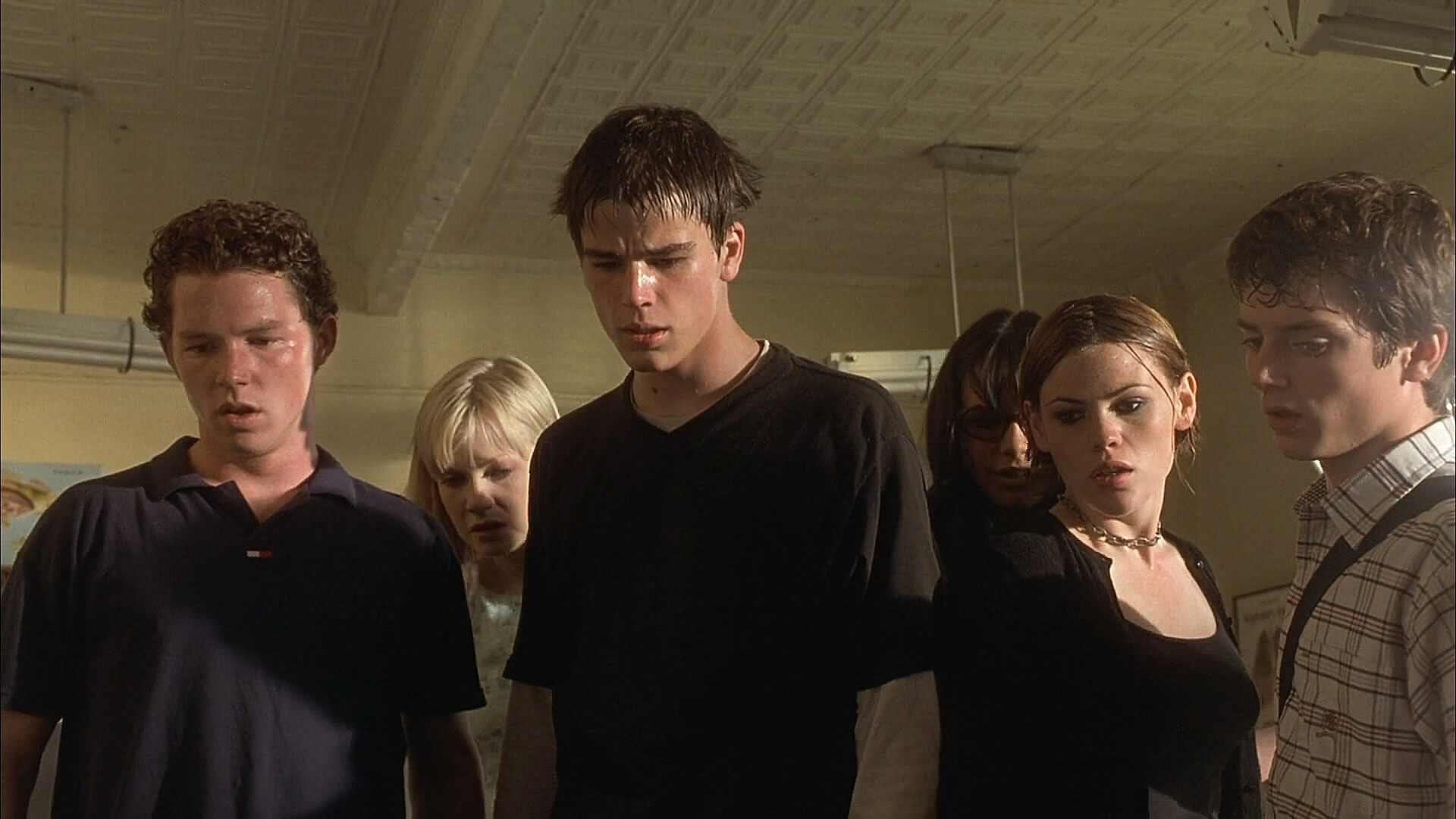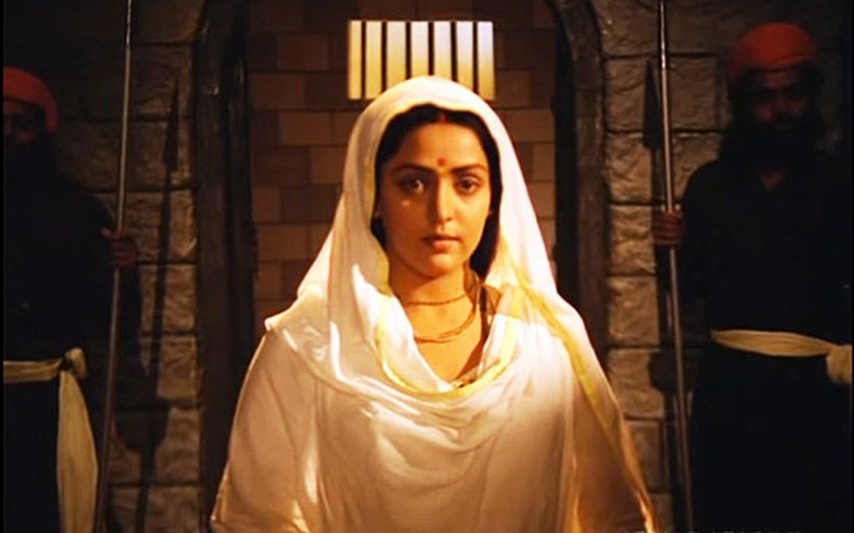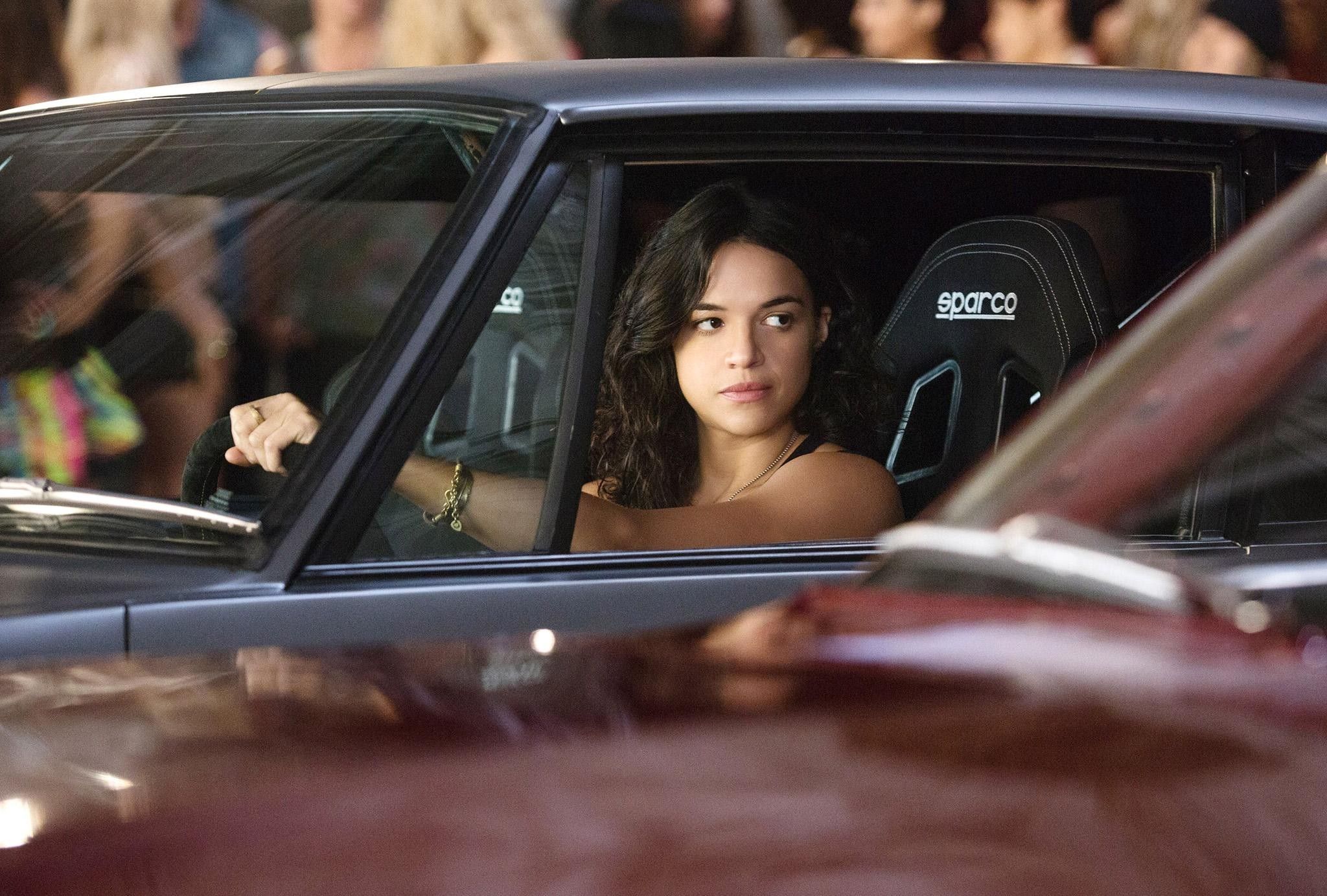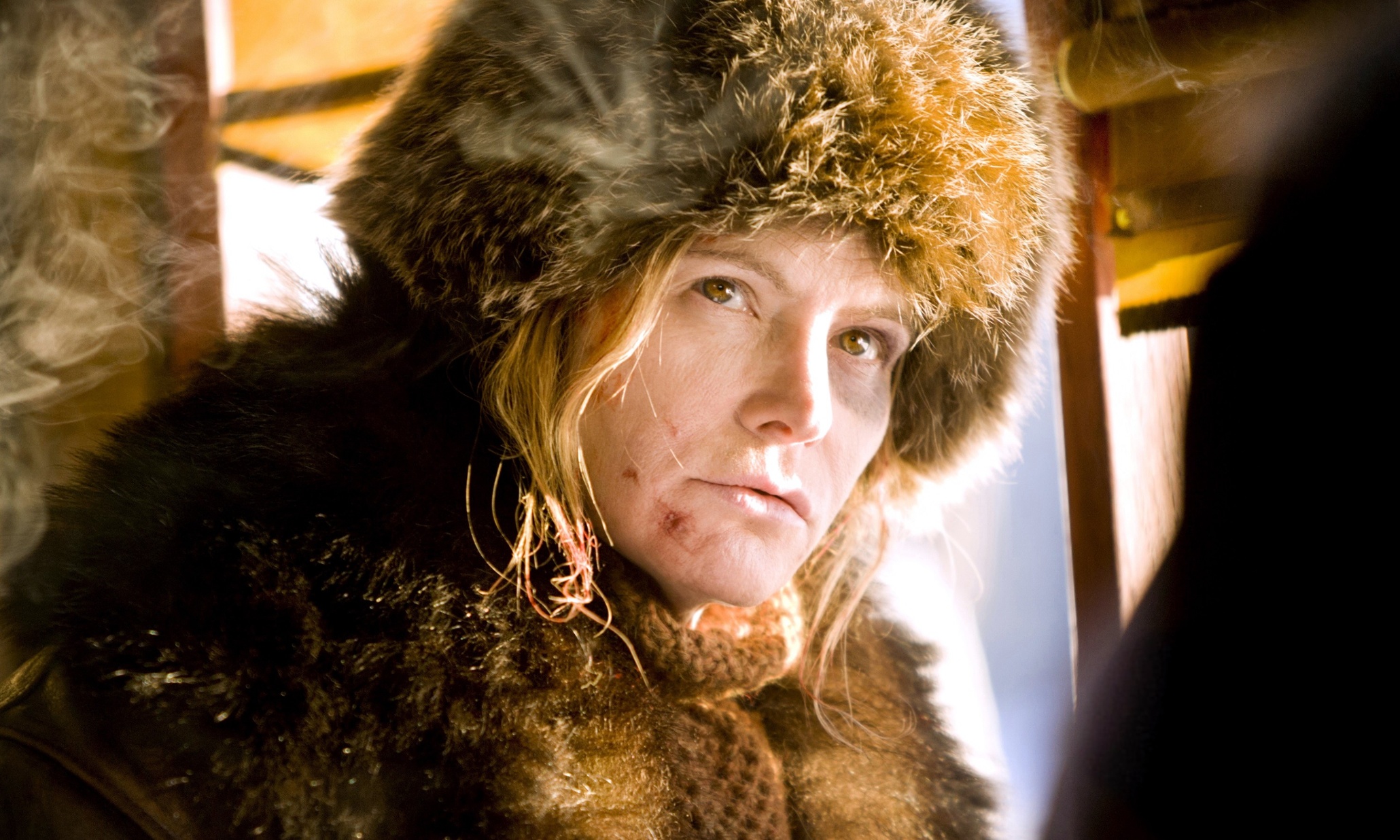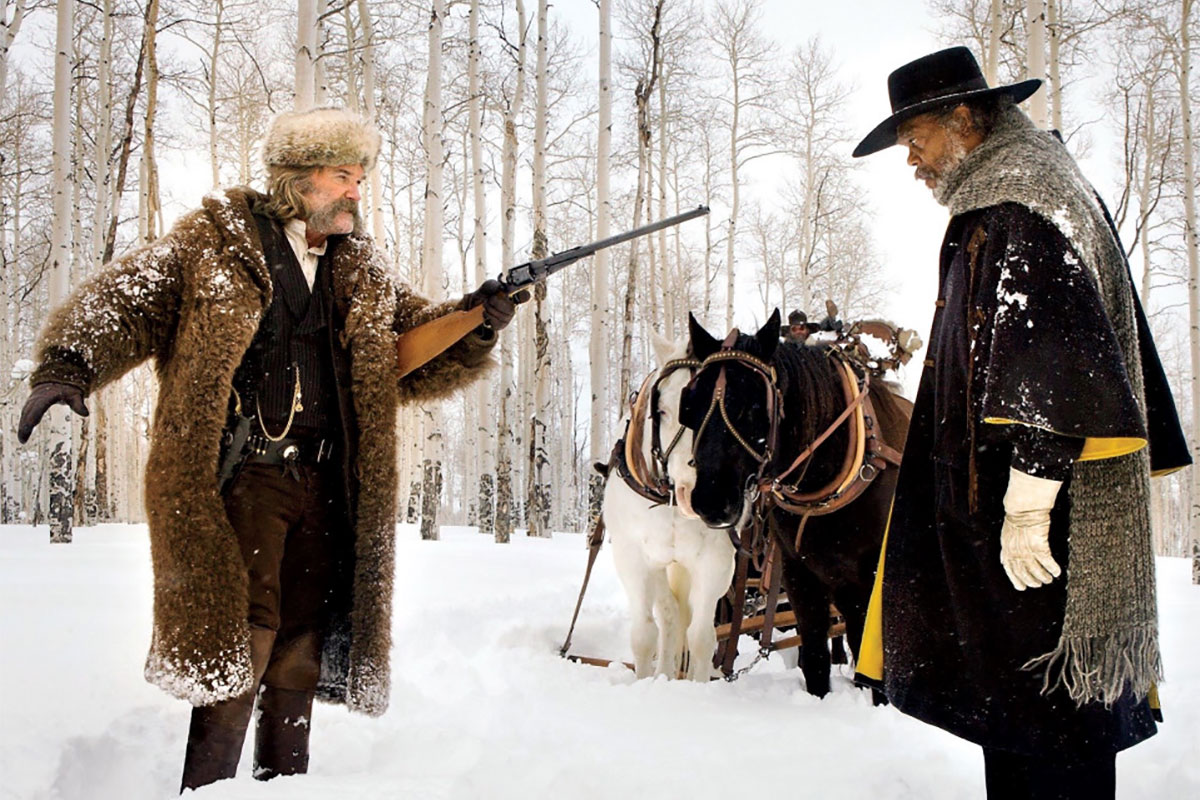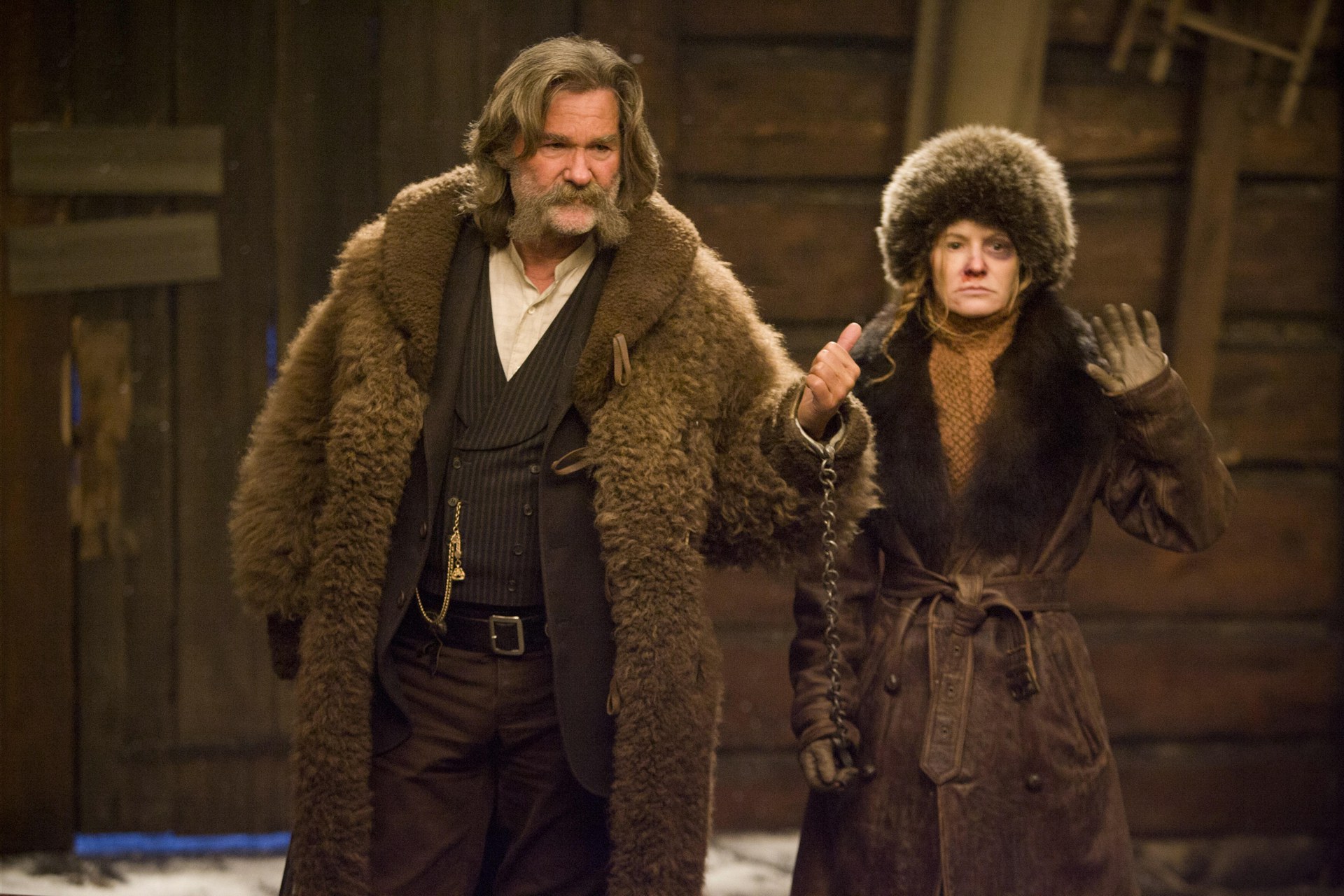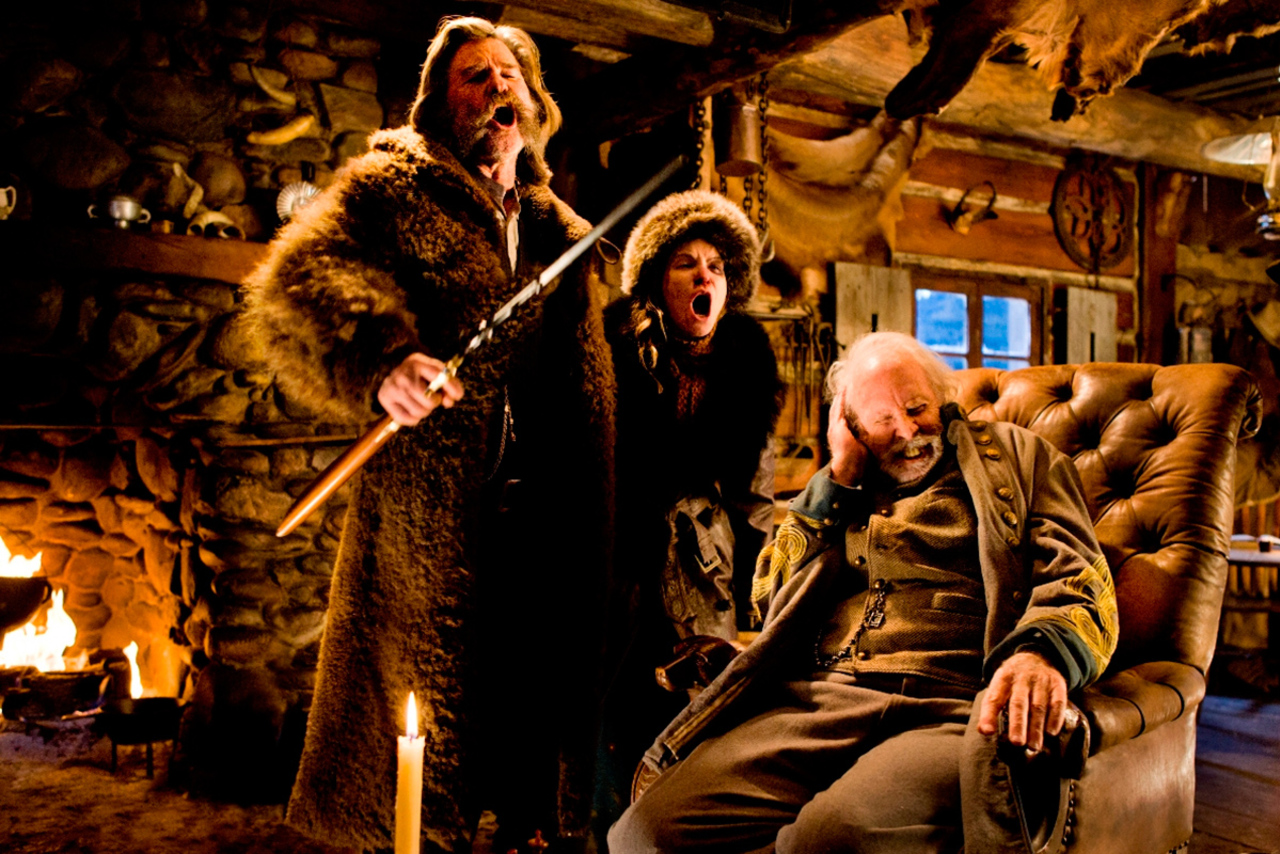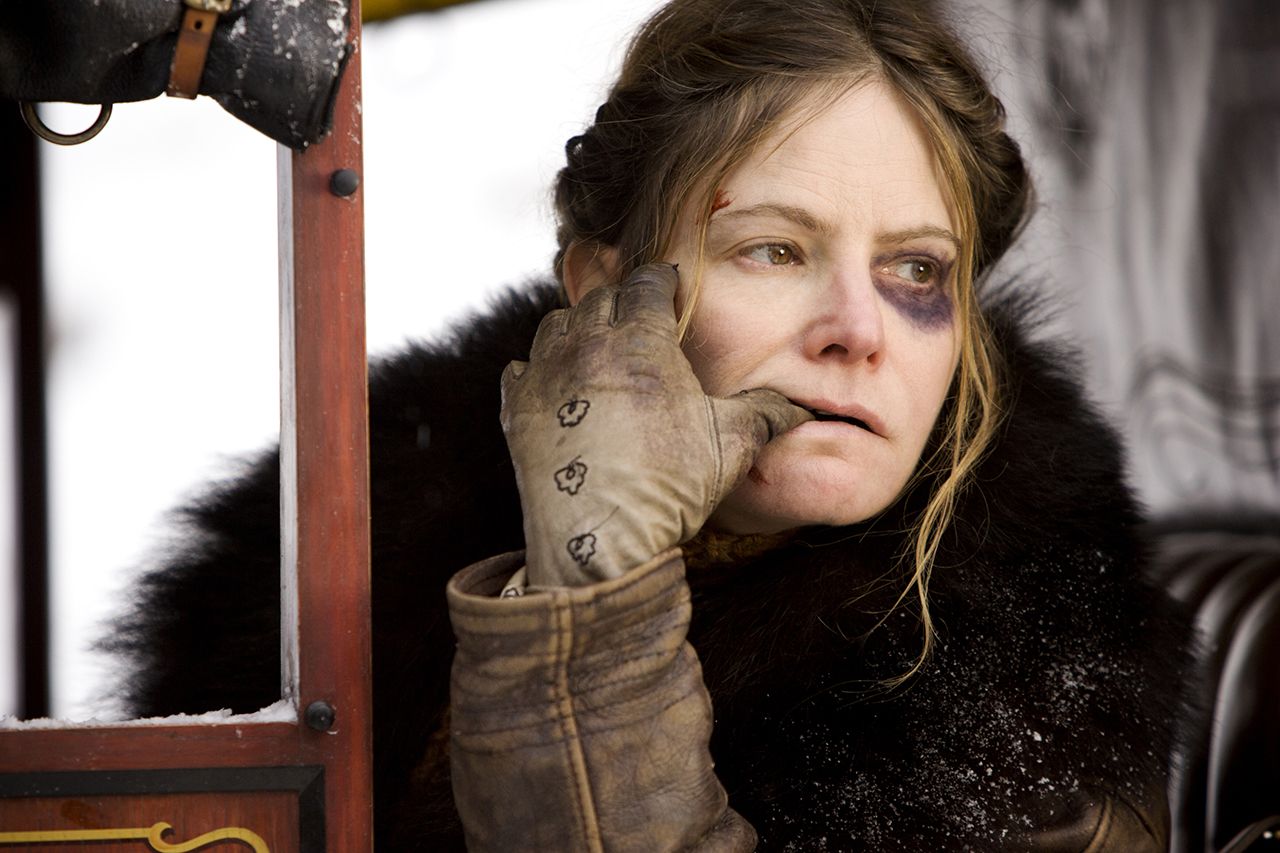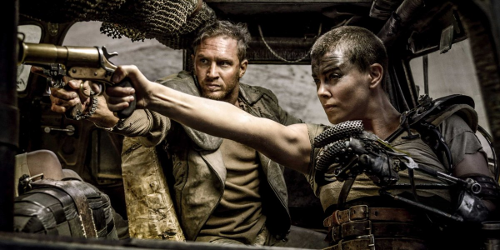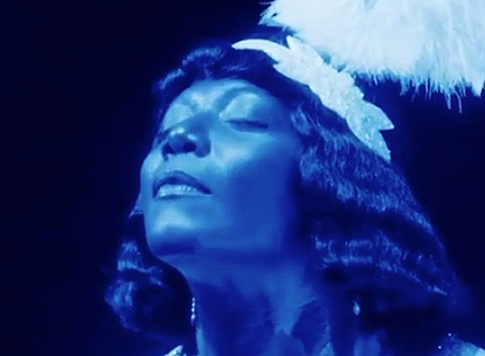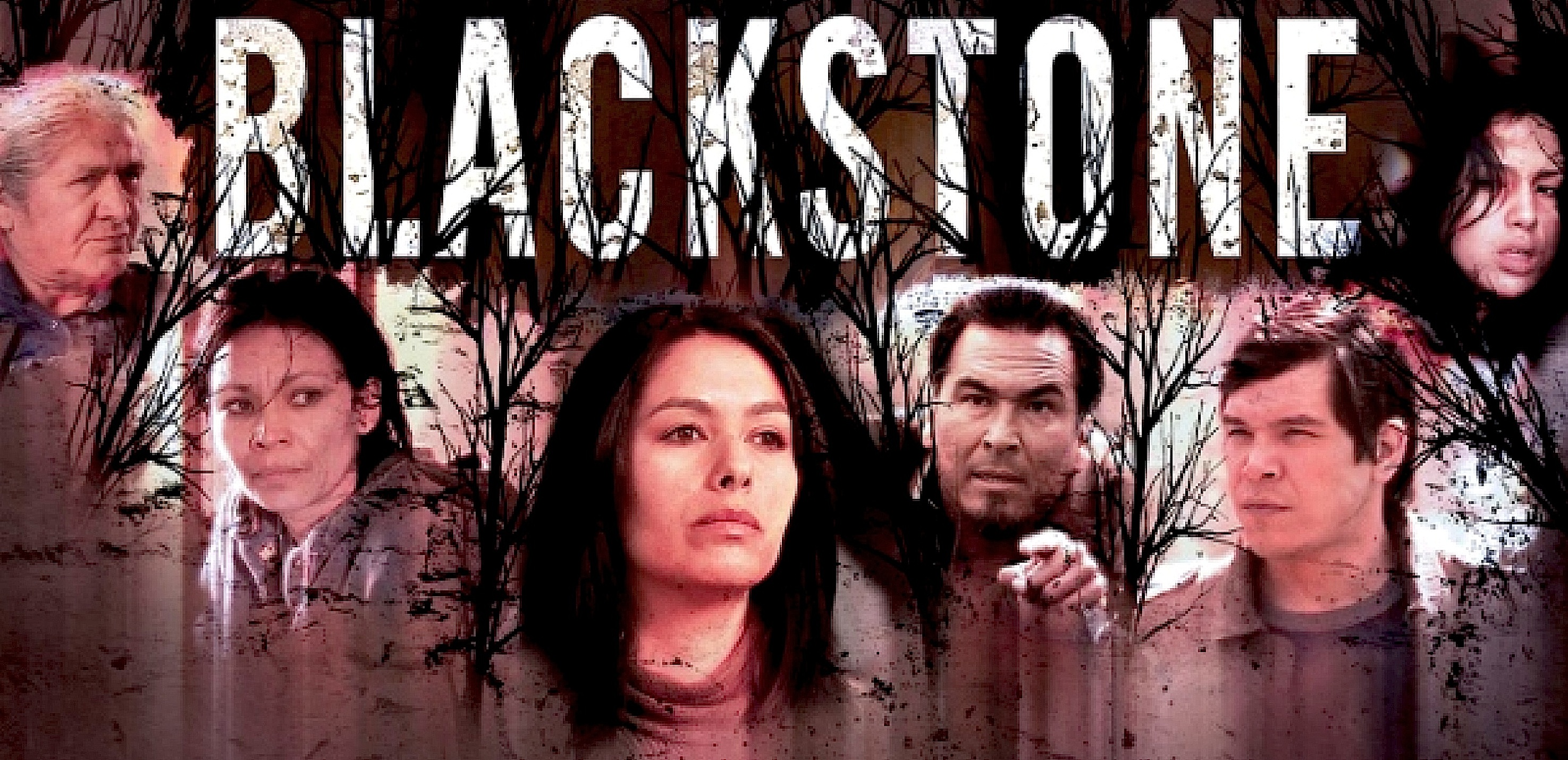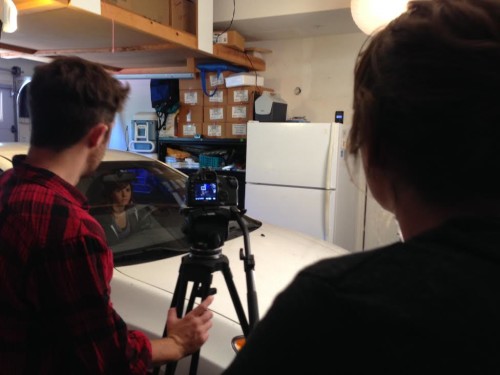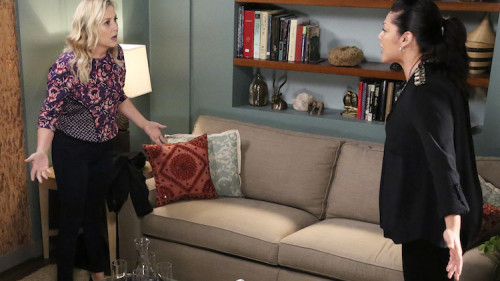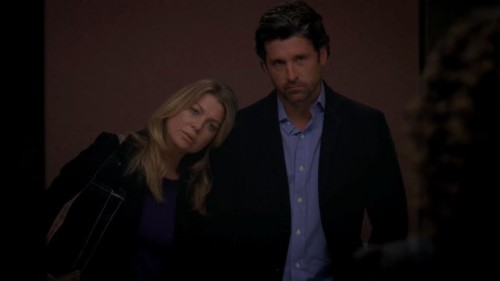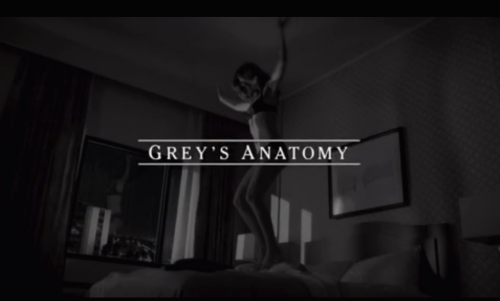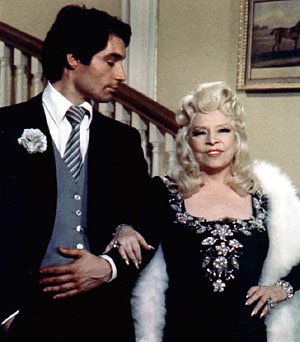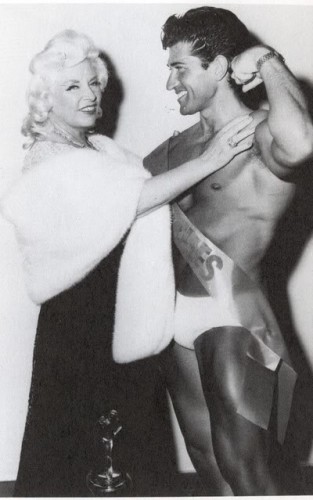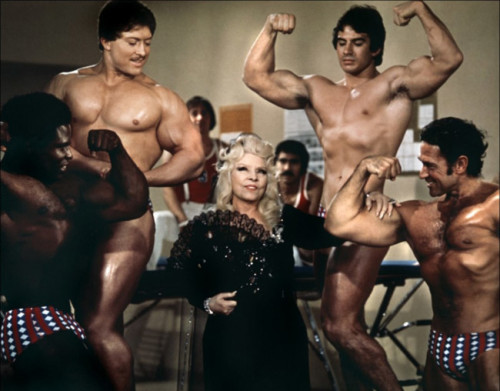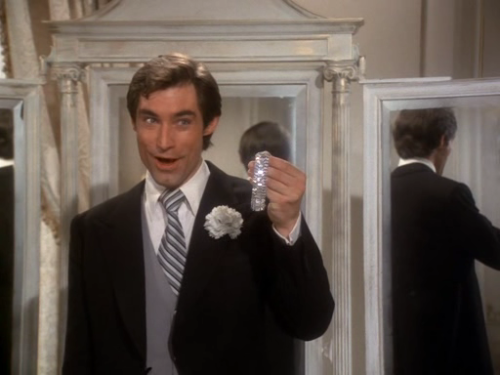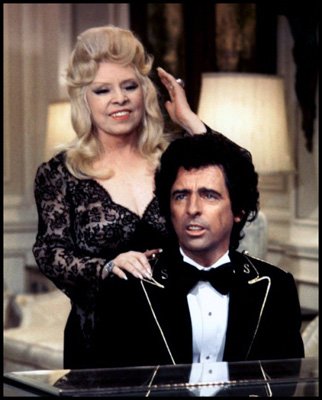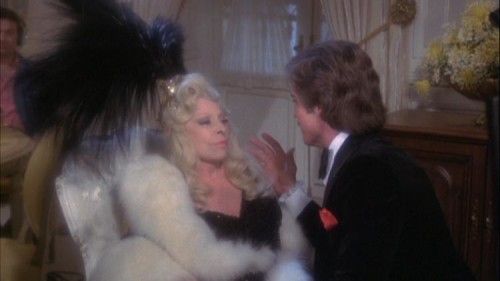Written by Mychael Elaine.
Do you love feminism and space monsters? This essay is for you!
A note to my non-binary readers: This essay takes a super reductive approach to gender. In order to address systemic sexism in the film industry, I’m using charts that graph dialogue spoken by characters listed either as “Male” or “Female,” and I’m using language like “men” and “women” as though there were nothing outside of that binary. It is not my intent to erase you. It is my hope that soon we will experience such a proliferation of non-binary representation that graphs like these become outdated because they don’t include you.
A note to my binary readers: Are you wondering what this “non-binary” thing is all about? Here are some links to resources that will help you understand what it means and why it’s important.
In The Faculty, six teens grapple with angst and aliens at their small town high school. The film was released in 1998, way before smartphones, when movie-teen research happened in makeshift garage labs and movie-teen scientific conclusions were drawn from classic works of literature. (#oldmillennial #oregontrailgeneration)
Eighteen years later, women are shattering glass ceilings all over the place, but men still talk way more than women, at work and in films. From a Time article titled “Why Women Talk Less Than Men at Work” published last month:
“Study after study has shown that women are interrupted (by both genders) more than men; that men speak significantly more in meetings than women do (one study found they account for 75% of conversation); that even when women speak less they are perceived to have spoken more…”
Here’s how this all plays out in the dialogue breakdown of high-grossing, blockbuster films:
Data courtesy of Polygraph — click here to visit the site and explore their data.
I’ve made slight modifications to my screenshot of Polygraph’s site for clarity.
Like the Bechdel Test, Polygraph’s analysis brings beautiful, cold, hard data to aid in discussions about representations of gender in popular culture. It isn’t surprising to look at this data and see how much men obviously dominate film dialogue, but boy is it depressing. So how do we fight against it?
Enter the space monsters.
A quick glance at The Faculty might lead you to believe that male characters speak the majority of lines in the film. Here are three reasons why:

- The Faculty’s key creators are men: director, Robert Rodriguez; story, David Wechter and Bruce Kimmel; screenplay, Kevin Williamson.
- The cover of the DVD and the movie poster both feature male characters most prominently.
- There isn’t much dialogue in the trailer, but the three people who speak are all men. (A woman gets to scream, though! AAAAAAAAAAAAAAREPRESENTATIONAAAAAA!!!!)
All signs point to a film made by men, for men. (Of course, ostensibly the film was made for all genders. Thank you, patriarchy!)
But look at where The Faculty lives on this graph:
I’ve made slight modifications to my screenshot of Polygraph’s site for clarity.
How did these male filmmakers make a movie marketed to men full of female characters who actually get the majority of the dialogue?
I’m about to crack the code and share the secret — are you ready to become enlightened? Here’s how they did it:
They included female characters and gave them lines.
WHAT.
Yes, it’s that simple.
There’s a scene in the film where the teens are wondering why on earth aliens would be on earth in their little town in Ohio:
Stan (mocking): Alright Casey… let’s go alien for a second… Why here? Why Ohio?
Casey: If you were going to take over the world, would you blow up the White
House, Independence Day style, or sneak in through the back door?
Women don’t speak in The Faculty’s trailer and aren’t featured prominently in the movie’s promotional materials – instead, they sneak in through the film’s back door.
Am I arguing that we should purposefully exclude women from promotional materials to “trick” men into watching films filled with ladies? Absolutely not. But in 1998, women couldn’t blow up the cinematic White House, Ghostbusters 2016 style.
And let’s face it, it’s 2016 and this happened…
In a perfect world, men would never fall prey to the mindset that if a story is about women then it is exclusively for women, but they still do. And they’re still being raised to do so. One tactic to combat the disparity in women’s representation in films is to make like a parasitic alien and get sneaky.
How do women infiltrate this movie? The Faculty makes it look easy.
First of all, there are lots of great lady side characters: Salma Hayek as Nurse Harper, Bebe Neuwirth as Principal Drake, Famke Janssen as Ms. Burke, Piper Laurie as Mrs. Olson.
Then, of the six main characters, three are women and three are men. And, as an added bonus, the women aren’t damsels in distress – they are afforded agency and impact on the film’s plot.
Delilah (Jordana Brewster) is confident and competent and takes no shit:
Stokely (Clea DuVall) is intelligent and insightful and brave:
Stokely also takes no shit
Mary Beth Louise Hutchinson (Laura Harris) is charismatic to the max and also the powerful evil space alien intent on taking over the planet:
Ah yes, Mary Beth Louise Hutchinson. We’ve talked about gender and dialogue, now let’s get to the naked space alien.
Some might argue that this is yet another needlessly exploitative display of the female body in film, perpetuated by yet another group of male filmmakers. And those who would argue this are not wrong – women’s bodies are exploited pretty much everywhere and all the time.
But here’s why I dig Mary Beth’s naked alien scene. Naked women in horror films are often victims of horrible atrocities. This time it’s the naked woman who wields all the terrifying power. When tough-guy Zeke first sees her in the locker room walking around naked, the teenage boy is not filled with lust, but with fear. You can hear the horror in his voice when he asks, “Mary Beth…why are you naked?”
Her nudity is terrifying: her nakedness is out of place; she is out of place – she is a powerful and dangerous adversary. And even though ultimately she morphs into a giant worm-blob and Casey smashes her with gym bleachers, this moment — the scary naked woman moment — is a subversion I always enjoy.
Despite all of the above, The Faculty is not perfect. Here are a few issues:
Lack of Diversity: The DVD and poster might lead you to believe that Usher is the only character of color in the film. Other than Salma Hayek, this is pretty much true. This movie is full of white people. White people space aliens.
Don’t invest time in this movie if you are looking for characters of color, characters with disabilities, or queer characters. (Stokely is briefly identified as a lesbian, but it turns out she’s faking it to make people stay away from her, so…)
Yucky Masculinity: The film suffers from some pretty standard icky representations of men. It glorifies the asshole with a heart of gold (Zeke loves science!) and romanticizes the Nice Guy ™ (Casey loves Delilah!).
Plus What’s With the Ending? I can’t wrap my head around it. Everyone is coupled up all happily and heterosexually, like it’s the end of a Shakespeare comedy and time for everyone to get married. Zeke is on the football team? He and Ms. Burke are a… couple? Stokely is wearing lavender?!
Maybe the message is that only when you defeat naked parasitic space aliens will you achieve self-actualization. But part of me wants to believe that there’s something more sinister going on here. Does the teens’ conformity to societal norms mirror the conformity of those infected by aliens? Are socio-cultural expectations the true mind-controlling parasite?
Probably not.
Anyway, here’s my conclusion: The Faculty isn’t a feminist masterpiece, but it proves that it is possible for men sell a film to a male audience and fill it full of women who get to take up time and space. Women should get to take up space. All marginalized people should get to take up space.
We need to pay attention to who gets to speak, and how often they speak, and for how long. We need to be cognizant of the disproportionate allocation of dialogue to men and to women, to white people and to people of color, to the privileged and the oppressed. We need to make space for all minority groups, on our movie screens and at our places of employment. We can’t do that if we don’t pay attention to who gets to speak.
Mychael Elaine is a Bitch Flicks staff writer and writes about representations of gender in horror films at Vagina Dentwata.
